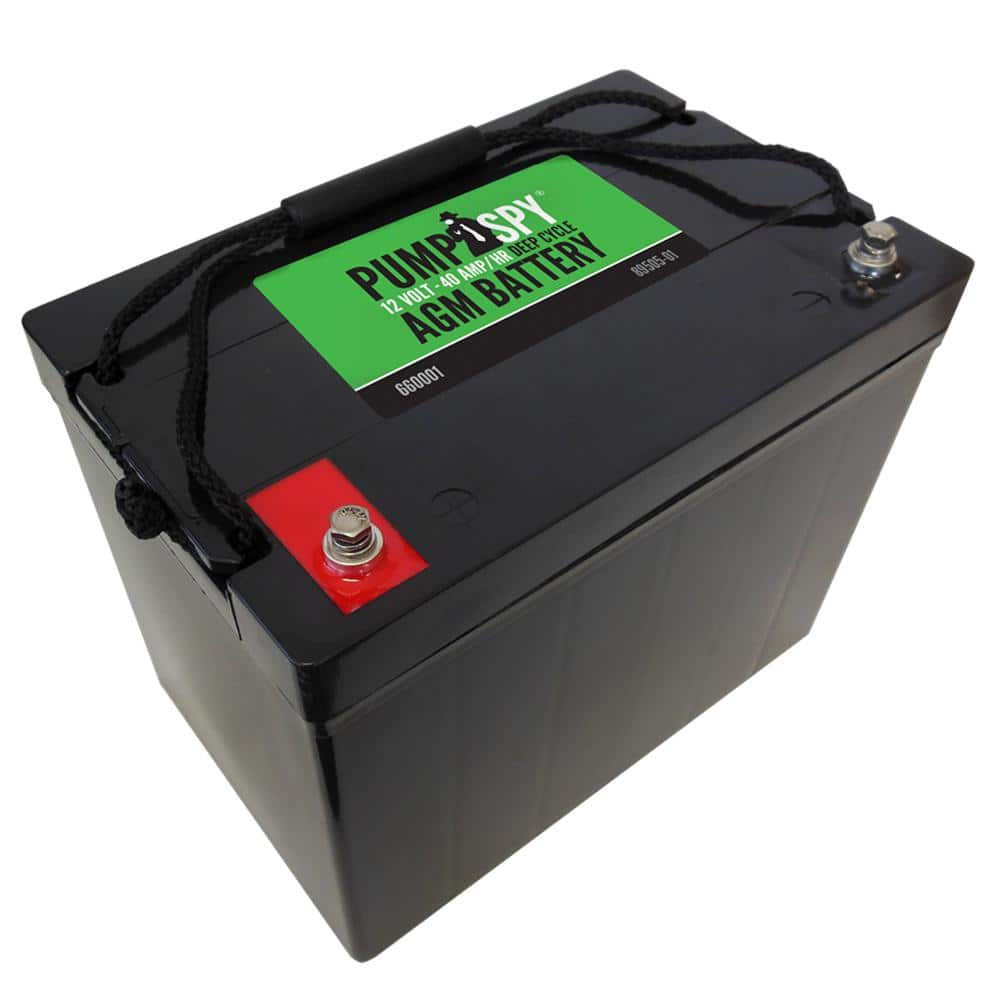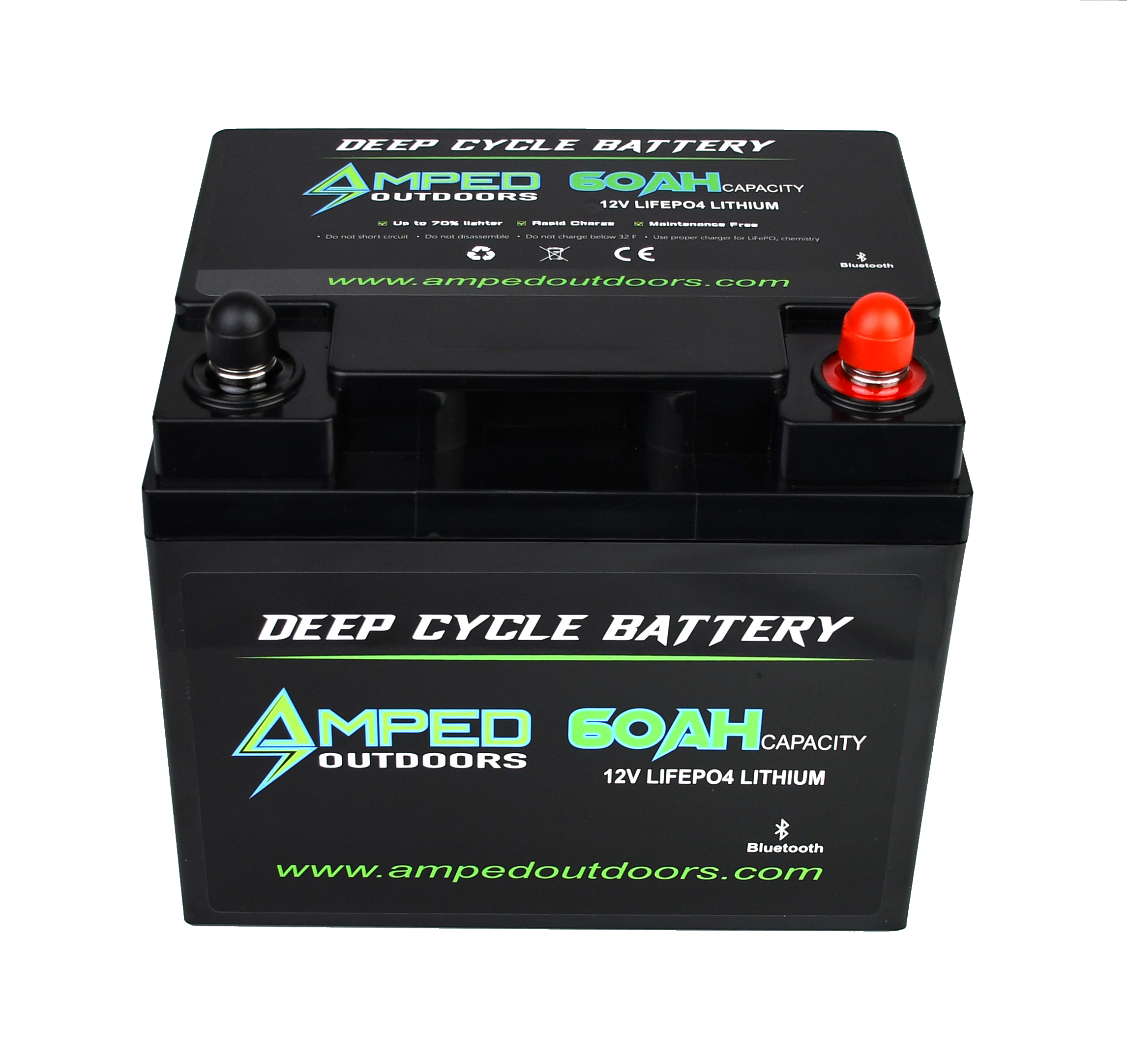I found my 100watt system setup but was curious about where said device goes on the chain of the setup.
So far I know this much:
Solar panel > regulator > battery > splitter or invertor if wanted.
This is where In get lost.
With my limited knowledge and an educated guess, it would go from the battery out to the device you want to power.
Also what exactly is the load side on the regulator for?
Because if you ran from the load load side to the device, it would be pointless to have a battery I'd think.
Maybe I'm totally wrong on the setup, so if someone could do a short hookup chain or even better.....a drawing of how it should go in the line ie: where each item should go in the chain I'd be grateful.
I'm going to be hooking this up in another week from now, so just want to make sure I get it all hooked up correctly.
Almost forgot, I will be running a 10watt maximum output tv only, nothing else, so I won't be hooking an invertor up to the system.
It's basically going to have solar panels, a regulator, a battery and a 7" 10watt 1.12A DC tv in the chain.
So far I know this much:
Solar panel > regulator > battery > splitter or invertor if wanted.
This is where In get lost.
With my limited knowledge and an educated guess, it would go from the battery out to the device you want to power.
Also what exactly is the load side on the regulator for?
Because if you ran from the load load side to the device, it would be pointless to have a battery I'd think.
Maybe I'm totally wrong on the setup, so if someone could do a short hookup chain or even better.....a drawing of how it should go in the line ie: where each item should go in the chain I'd be grateful.
I'm going to be hooking this up in another week from now, so just want to make sure I get it all hooked up correctly.
Almost forgot, I will be running a 10watt maximum output tv only, nothing else, so I won't be hooking an invertor up to the system.
It's basically going to have solar panels, a regulator, a battery and a 7" 10watt 1.12A DC tv in the chain.
Last edited:









